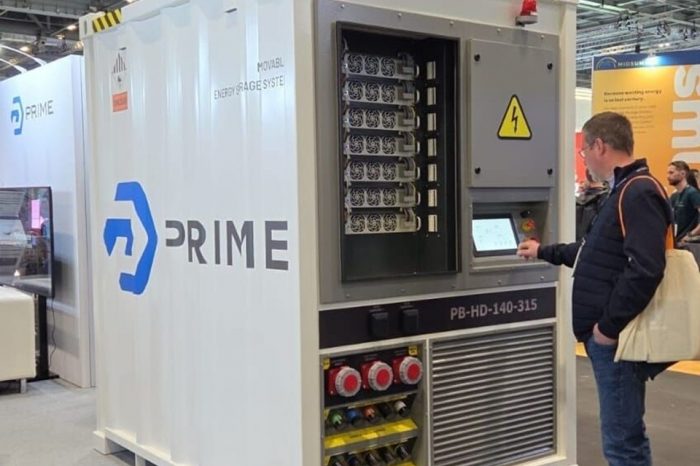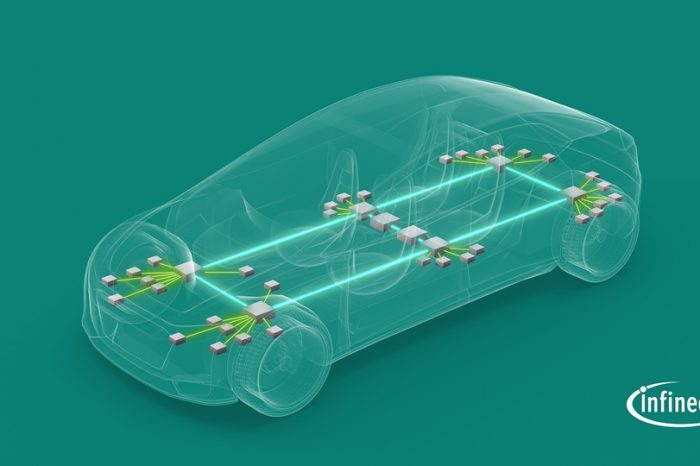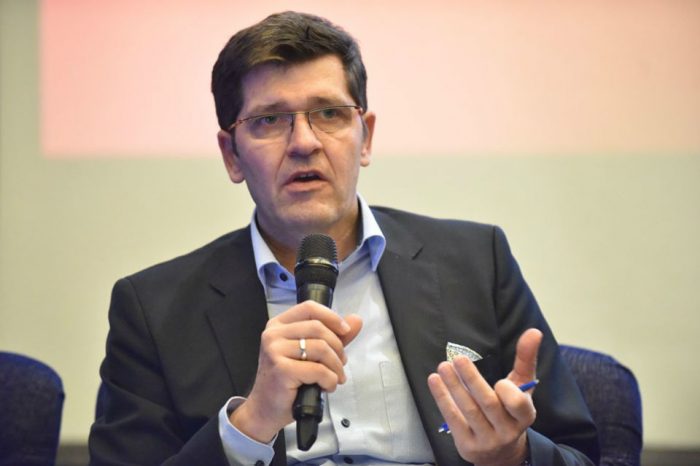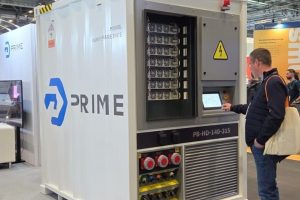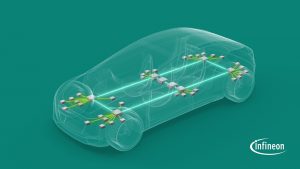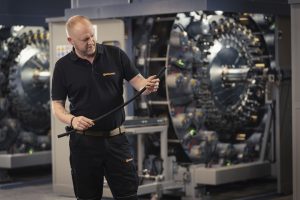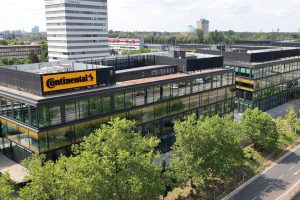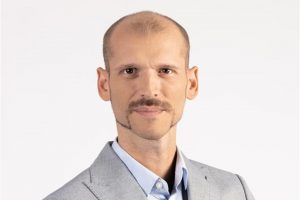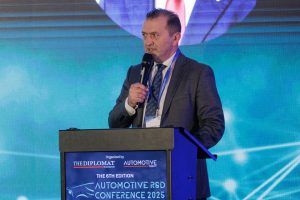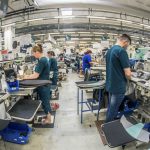Costin Trîmbiţaşu, Adient: We are strategically oriented towards the implementation of new technologies, which can ensure our competitiveness
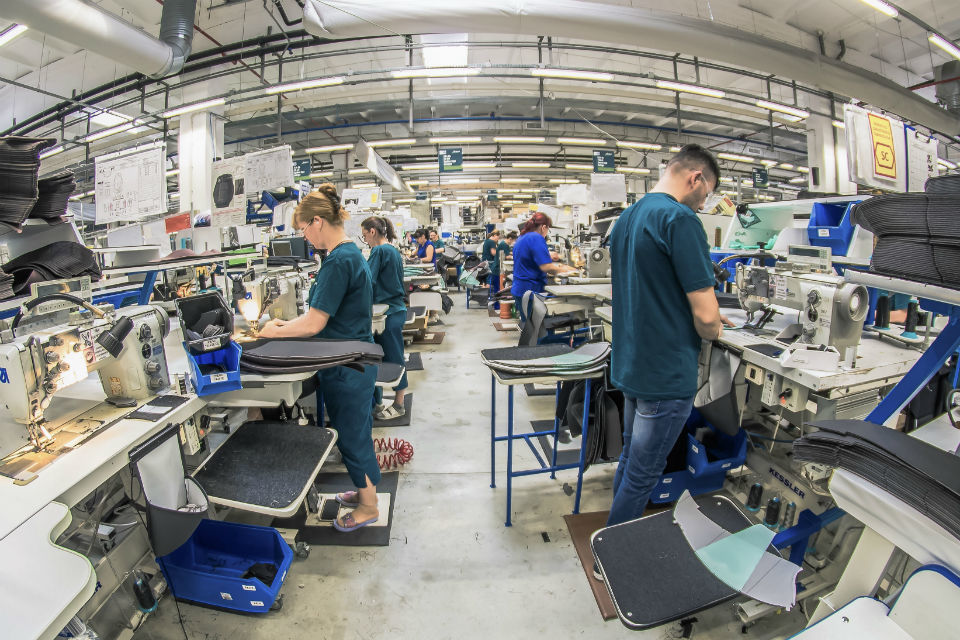
Adient, a global leader in automotive seating, with 84,000 employees operating in 214 manufacturing/assembly plants in 32 countries worldwide, produces and delivers automotive seating for all vehicle classes and all major OEMs. From complete seating systems to individual components, its expertise spans every step of the automotive seat-making process. Every year, Adient supplies automotive seats and components for more than 25,000,000 cars. With one in every three seats in the world coming from its facilities, Adient works with all major automakers and vehicle classes. The company aims to create seats weighing ten kilograms or less for lighter, more efficient rides by 2020.
Automotive Today talked to Costin Trîmbiţaşu, Adient Trim Operations Director for Romania, Russia, and Morocco, to find out more about the group’s local plans and projects.
How would you describe the evolution of the Romanian automotive industry?
The Romanian car industry has been steadily developing in recent years, the engine of this development coming from the contribution of OEMs (local car manufacturers). There are definitely projects developed by car suppliers. From a macroeconomic perspective, the last few years have also been beneficial, both globally and locally. The increase in general consumption also helped the demand for new cars on the market, which was a benefit for the car industry.
What are the development prospects of the automotive industry in the medium and long term?
The development of the automotive industry in Romania can be sustainable in the long term by increasing the production capacity of local OEMs and by the emergence of a new OEM. In addition, defining and implementing a coherent strategy to promote Romania as a preferred location for production could ensure an excellent future for all parties involved. Of course, this also involves facts, not just talk, and here we seem to have a problem in Romania today.
What are your projects for R&D and innovation activities?
ADIENT’s research, development, and innovation are based in centres of excellence located in different locations around the world. In Europe, for example, we have Germany, France, the Czech Republic, Slovakia and we are pleased to be able to work with our colleagues in these centres to make products to the highest quality standards. The upholstery of the chairs made by ADIENT in Romania finds its way every year into 2,000,000 cars worldwide.
What is the investment plan for the current year, in the medium and long term?
In the last period, several projects have been implemented to develop production capacities. The next period will be strategically oriented towards the implementation of new technologies, which can ensure our competitiveness in the medium-long term in this competitive market.
What are your solutions for the workforce crisis in Romania?
In theory, free markets have equilibrium mechanisms. Speaking of the labour market, demand and supply should generate a balance by price, which is the wage. Coming back to Earth, the labour market is far from free, with strong influences from the legislative field, for example, or from the disproportionate allocation of labour between the public and private sectors. I would also mention here the visible influence from the social partners, mainly the unions.
What are the specialists you are looking for on the local market?
From my point of view, the situation depends on the specifics of the company. For the labour-intensive production capacities, the direct staff represents the major challenge. Expectations regarding the quality of the workforce have been reduced over the years, now reaching a rather low level. Not to say the lowest, because life can show us that we are not yet at a minimum. If five or ten years ago we wanted and could even hire experienced people, today’s situation is fundamentally different.
To what extent is dual education a solution to the workforce problem?
I believe that dual education is a potential solution, and not only by words, but by deeds. ADIENT has a partnership with Ploiesti High School Anghel Saligny. We are learning together how to make dual education work, hence the potential solution formulation. Returning to vocational public education geared to current needs in the labour market would be a more effective solution. But here, to my surprise, I learned that the obstacle is not the public sector blamed by many people, but the parents. Our bias as parents represents the barrier for the success of vocational education, be it state or dual.
(From the print edition)


